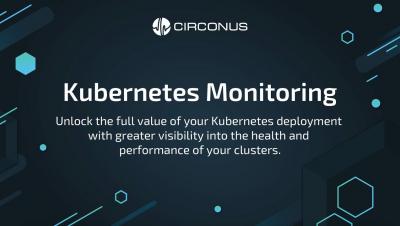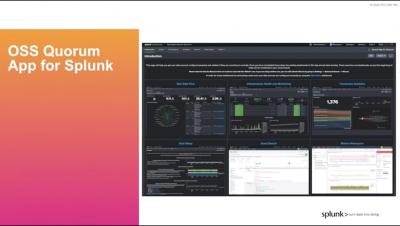The Rise of FinOps
As usage-based pricing models have continued to increase over the past decade, particularly for technology companies, there has been a major shift in budget planning and resource allocation. Since CFOs can no longer predict or approve each and every expense before they’re incurred, variations in usage costs can often make or break a company’s profitability. For example, two of the most common usage-based costs come from online advertising and IT-related cloud costs.








